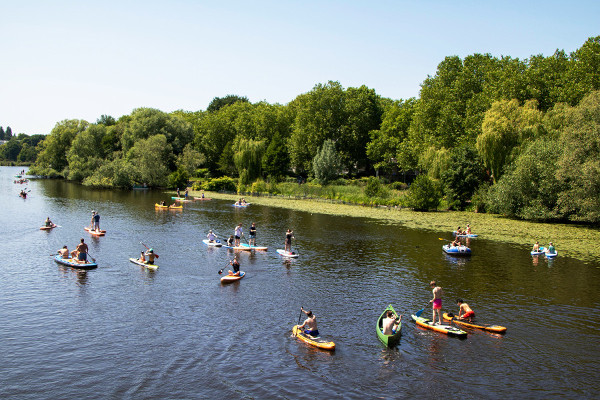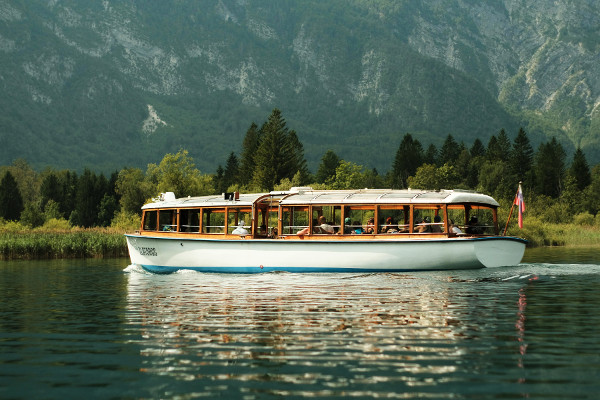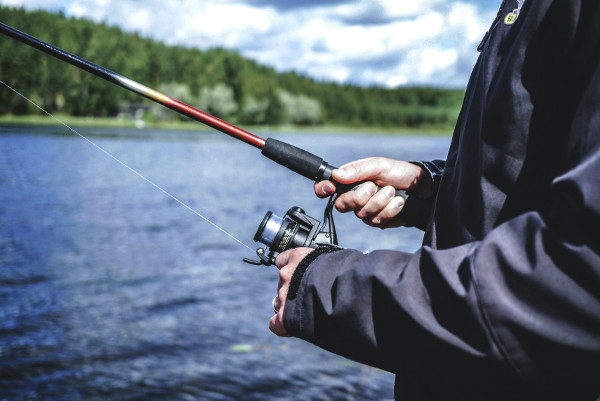How to Get Into Kayaking: Essential Tips and Advice for Beginners
Trying kayaking can be a wonderful way to connect with nature and enjoy peaceful moments on the water. Whether you’re a complete beginner or just curious about the sport, knowing the right steps to start will make all the difference. From choosing the right equipment and learning basic safety to understanding different types of kayaks, this guide offers clear, friendly advice to help you feel confident and ready for your first paddling adventure. Embrace the journey and discover the joy of kayaking.
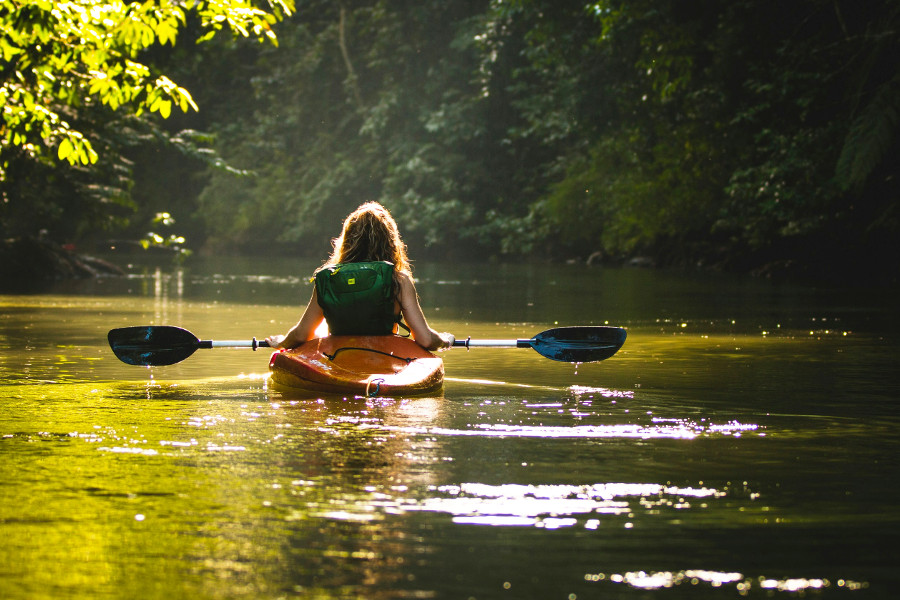
What is the best way to try kayaking for beginners?
Trying kayaking for the first time is best done in a calm, gentle setting – like a quiet lake or a slow-moving river. It’s about easing yourself into the experience without feeling overwhelmed. Many places offer beginner lessons where an instructor will guide you through the basics, teaching you how to hold the paddle, steer the kayak, and stay safe. This hands-on support helps build your confidence while you learn at your own pace. Starting in calm waters gives you space to get comfortable with the boat and the motions, so you’re not rushed into anything tricky. Once you’ve practiced the basics, you can enjoy longer trips or more adventurous routes with ease and excitement.
What equipment do I need to try kayaking?
If you want to try kayaking, there are a few key pieces of equipment you’ll need to feel safe and comfortable. First, you need a kayak – usually a beginner-friendly model that’s stable and easy to handle. A paddle is, of course, essential, and you’ll want a personal flotation device (PFD), or life jacket, that fits well and is worn at all times on the water. Depending on where you kayak, a helmet might be recommended. Wearing clothes that dry quickly or a wetsuit if it’s cold helps you stay comfortable. Many rental places provide all this gear, so beginners usually just need to dress appropriately and show up ready to enjoy the water.
Where can I try kayaking near me?
Finding a spot to try kayaking depends on where you live, but most people have access to lakes, rivers, or calm coastal areas nearby. Local parks or recreation centers often have kayak rentals or guided tours, perfect for beginners. You can also check online for kayak rental shops or outdoor adventure companies that offer lessons. If you live near the coast, sheltered bays or quiet beaches are great places to start – avoid rough open water at first. Joining a local kayaking club or community group can help you find safe, welcoming spots and meet others who enjoy paddling. It’s easier than you might think to find your own little water adventure close to home.
Here are a few useful links:
- International Canoe Federation (ICF) – Official rules, safety guidelines, and event info
- KayakPaddling.net – Animated tutorials and paddling techniques
- Reddit: r/Kayaking – Community discussions, gear reviews, and trip stories
- Paddling.com – Comprehensive kayaking resources, reviews, and how-to articles
How much does it cost to try kayaking?
Trying kayaking doesn’t have to be expensive. Renting a kayak for a few hours usually costs between $20 and $50, depending on where you go and the type of kayak you choose. If you want to take a beginner’s lesson or join a guided tour, prices are a bit higher, often around $50 to $100. Some places offer half-day or full-day rentals for those who want more time on the water, typically costing $60 to $120. Many rental spots include the paddle and life jacket in the price, but it’s good to check beforehand. Prices can vary by season and location, so it’s wise to book early or look for package deals to get the best value.
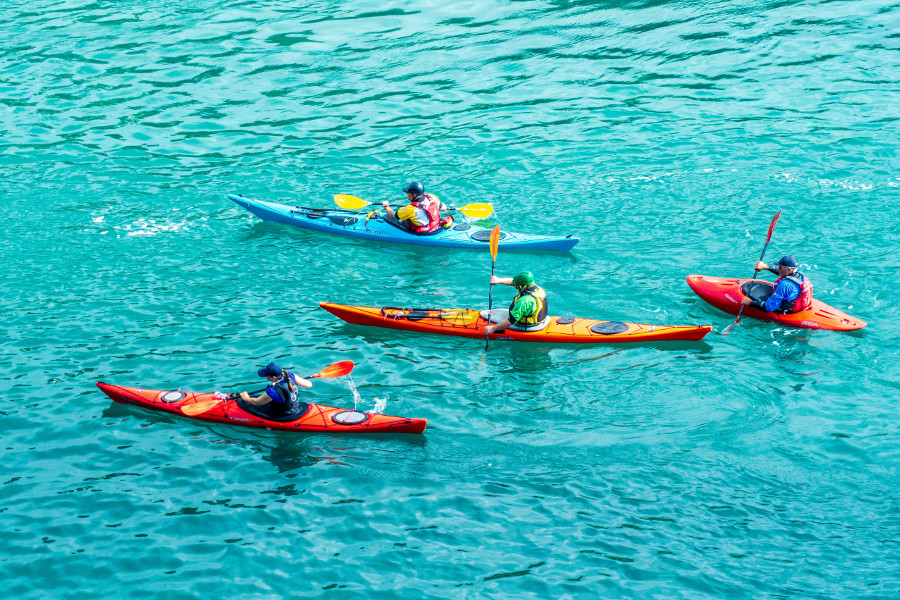
Do I need any experience for kayaking?
The great thing about kayaking is that you don’t need any experience to get started. Many people pick it up quickly, especially when they begin with easy, flat water and beginner lessons. These lessons will teach you the essentials: how to paddle, steer, and stay safe on the water. Of course, feeling comfortable in water and being able to swim helps a lot, but even if you’re a complete novice, kayaking schools and rental places cater to beginners. The key is to start slow, follow instructions, and listen to your body. With practice, you’ll soon enjoy the freedom and fun that comes with paddling on your own.
What safety tips should I know before trying kayaking?
Safety is really important when you’re trying kayaking for the first time. Always wear a personal flotation device (PFD) – it’s your best protection on the water. Before you set off, check the weather and water conditions to avoid strong winds, big waves, or sudden storms. Tell someone where you’re going and when you expect to be back. Stay close to shore if you’re a beginner, and never paddle alone without informing someone. Learn how to steer and stop your kayak to avoid accidents. Carry a whistle or other signaling device for emergencies. Dressing appropriately for the water temperature and staying hydrated will also help keep you safe and comfortable.
What is the easiest type of kayak for beginners?
If you’re just starting out, the easiest kayak to try is a sit-on-top model. These kayaks have an open top where you sit on the deck instead of inside a cockpit, making them more stable and simple to get in and out of. They’re usually wider and less likely to tip over, which is perfect for calm lakes or slow rivers. Sit-on-top kayaks also drain water quickly, so you don’t have to worry about getting soaked. Another beginner-friendly choice is a recreational kayak, designed for smooth water and short trips. Both types help you feel balanced and confident as you learn the ropes.
Can I try kayaking alone or do I need a guide?
You can try kayaking alone if you feel confident and the water conditions are safe. But if you’re new to the sport, having a guide or instructor with you makes the experience easier and safer. Guides know the local waterways, can teach you the basics, and help you handle any unexpected situations. Many rental places offer guided tours or lessons that include equipment and safety tips, which is especially helpful for first-timers. Once you’ve learned the ropes and built your skills, solo kayaking can be very rewarding. But in the beginning, it’s best to have someone experienced with you.
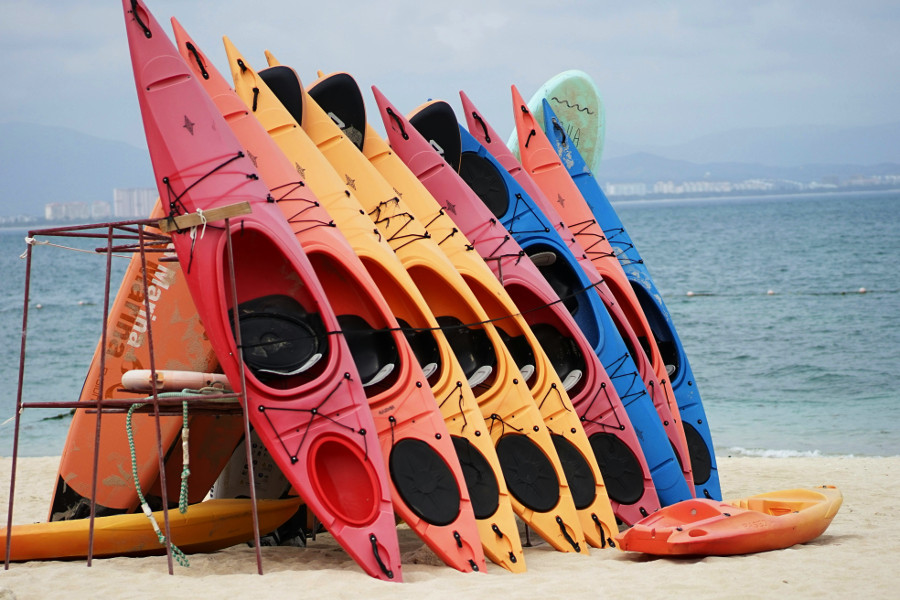
What should I wear when kayaking?
Wearing the right clothes when kayaking helps you stay comfortable and safe. Choose lightweight, quick-drying fabrics because you’ll likely get splashed or wet. Avoid cotton, as it holds moisture and can make you cold. On warm days, shorts and a breathable shirt or rash guard work well. If the water is chilly, a wetsuit or drysuit will keep you warm. Don’t forget a personal flotation device (PFD) – wear it over your clothing at all times. For footwear, water shoes or sandals with straps are ideal to protect your feet and provide grip. A hat and sunscreen are good for sun protection, and sunglasses with a strap help reduce glare on the water.
What are the health benefits of kayaking?
Kayaking is a wonderful way to get exercise while enjoying nature. Paddling works your upper body muscles – arms, shoulders, back, and chest – while your core helps keep you balanced. It’s also great cardio, boosting your heart health and endurance. Because it’s low-impact, kayaking is gentle on your joints, making it suitable for many fitness levels. Being outdoors near water helps reduce stress and improve your mood, giving your mind a much-needed break from everyday worries. Spending time in nature can also lift your spirits and increase your overall sense of well-being. So, kayaking is not just fun – it’s good for your body and soul.
What is the difference between sea kayaking and river kayaking?
Sea kayaking and river kayaking are two different ways to enjoy the water, each with its own challenges and gear. Sea kayaking usually happens in oceans, bays, or big lakes where you might face waves, tides, and currents. Sea kayaks tend to be long and narrow to help you paddle smoothly over long distances. River kayaking, on the other hand, often takes place on flowing rivers with rapids and obstacles like rocks. River kayaks are shorter and more maneuverable, designed to help you quickly navigate tight turns and fast water. Both types require different skills and safety knowledge, but both offer amazing ways to connect with nature.
How do I overcome fear of water when trying kayaking?
If you’re afraid of water, trying kayaking might feel scary at first – and that’s okay. The key is to start small and gentle. Choose shallow, calm water where you feel safe, and always wear a life jacket to help you feel secure. Taking a beginner’s class with a patient instructor can really ease your nerves by teaching you skills step-by-step. Practice getting in and out of the kayak and paddling slowly at first. Try breathing exercises or imagine yourself enjoying the peaceful water to calm your mind. With time and patience, your confidence will grow, and the water will start to feel less intimidating and more inviting.
Enjoy your adventure in kayaking.

